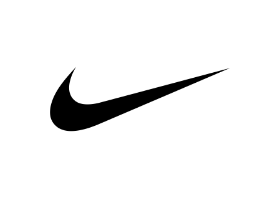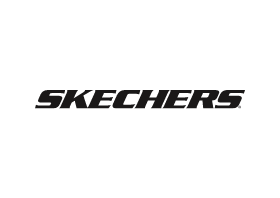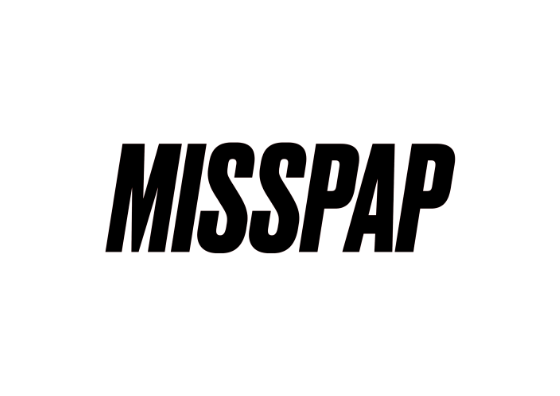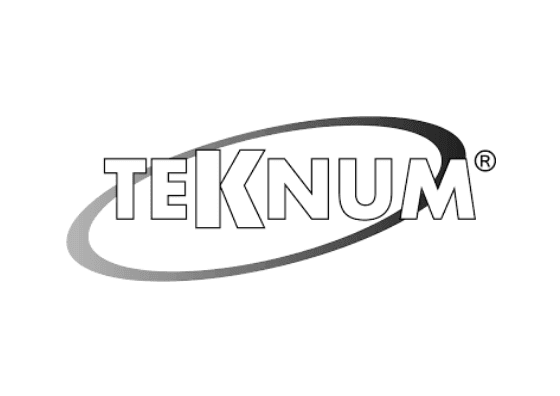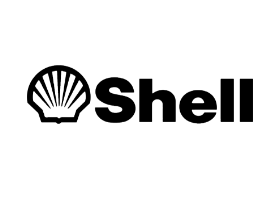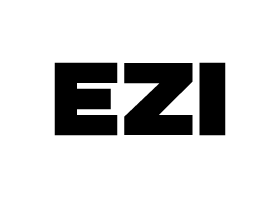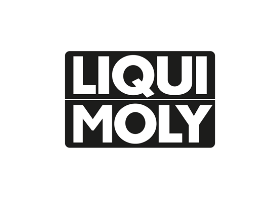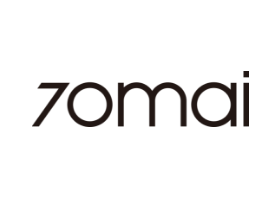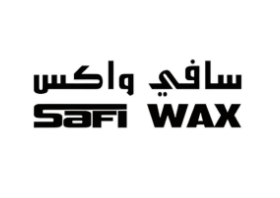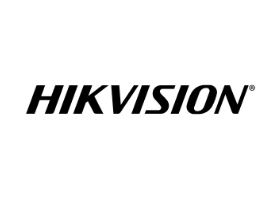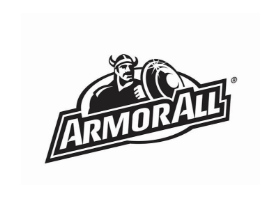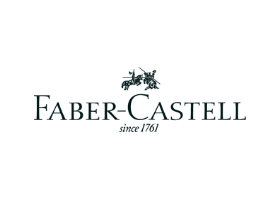English
- استرجاع مجاني وسهل
- أفضل العروض
المواصفات
| الناشر | CAMBRIDGE UNIVERSITY PRESS |
| رقم الكتاب المعياري الدولي 13 | 9781108446945 |
| رقم الكتاب المعياري الدولي 10 | 1108446949 |
| اللغة | الإنجليزية |
| وصف الكتاب | Understanding groundwater recharge is essential for successful management of water resources and modeling fluid and contaminant transport within the subsurface. This book provides a critical evaluation of the theory and assumptions that underlie methods for estimating rates of groundwater recharge. Detailed explanations of the methods are provided - allowing readers to apply many of the techniques themselves without needing to consult additional references. Numerous practical examples highlight benefits and limitations of each method. Approximately 900 references allow advanced practitioners to pursue additional information on any method. For the first time, theoretical and practical considerations for selecting and applying methods for estimating groundwater recharge are covered in a single volume with uniform presentation. Hydrogeologists, water-resource specialists, civil and agricultural engineers, Earth and environmental scientists and agronomists will benefit from this informative and practical book. It can serve as the primary text for a graduate-level course on groundwater recharge or as an adjunct text for courses on groundwater hydrology or hydrogeology. |
| المراجعة التحريرية | ... the structure of the book is well thought over, and each section can be perceived as a comprehensive elaboration preceded by an introduction and followed by a discussion ... well written ... students will find in this book important and interesting information that they can apply in their hydrological projects ... I find the book a valuable source of knowledge, supported by the author's scientific experience.' Geologos '... provides such a treasure trove of insight and information, presented in such an amiable fashion, that it deserves a place of honor on the bookshelves of groundwater professionals everywhere ... In addition to theory, facts, examples and references, the book provides valuable insight ... this is an extremely useful new addition to the hydrogeologists' library ... will prove particularly useful to modelers looking for insight into their uppermost boundary conditions (both recharge and discharge) ... it will also inspire some of us to go out and try one or more of the many methods that are so well documented in the book and will ultimately result in significant advances in our science.' |
| عن المؤلف | For more than thirty years, Richard W. Healy has been conducting research for the US Geological Survey on groundwater recharge, water budgets of natural and human-impacted hydrologic systems, and fluid and contaminant transport through soils. He has taught numerous short courses on unsaturated zone flow and transport, and groundwater flow modelling. He first presented a short course on methods for estimating recharge in 1994, and over the intervening fifteen years the course has been presented to several hundred professionals and students. The material in that course has been expanded and refined over the years and forms the basis of Estimating Groundwater Recharge. Healy has authored more than sixty scientific publications and is developer of the VS2DI suite of models for simulating water, solute, and heat transport through variably saturated porous media. He is a member of the Soil Science Society of America, the American Geophysical Union, and the Geological Society of America. |
| تاريخ النشر | 01 Mar 2018 |
| عدد الصفحات | 256 |
Estimating Groundwater Recharge paperback english - 01 Mar 2018
تمت الإضافة لعربة التسوق
مجموع السلة 0.00 ر.س.
















